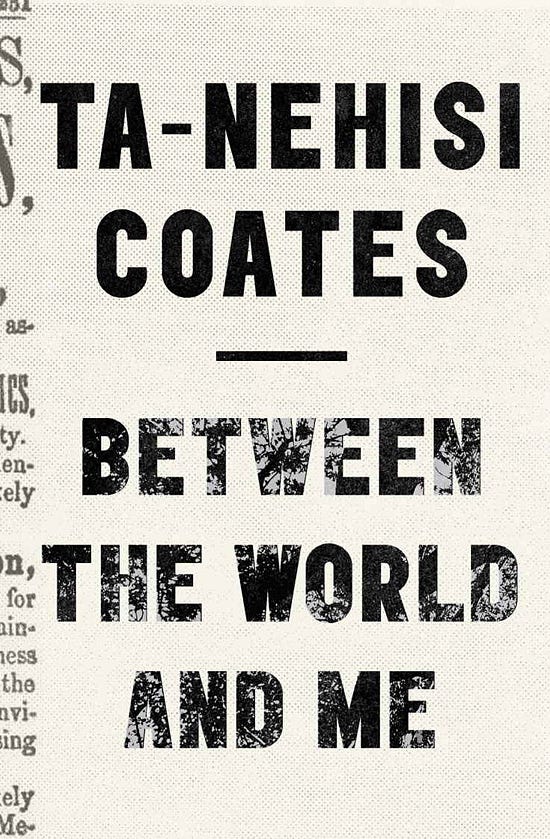In March, I had to read and reflect on an EDI+I (Equity, Diversity, Inclusion and Indigeneity)1 material for a class assignment. I wanted whatever I read to be meaningful on a personal level.
So, I read Between the World and Me by Ta-Nehisi Coates. I submitted a review explaining why I chose it and what I learnt from it for the class, but I believe it’s worth sharing on the newsletter, so here goes:
This non-fiction is a letter from Coates to his adolescent son in an attempt to provide a way of thinking through racism, race and living as a black man in America.
Born and raised in Nigeria, I have never faced discrimination for my skin color. While I knew of tribalism, sexism, and xenophobia, racism was unfamiliar. So, I saw this assignment as a chance to learn—what it looks like, how it feels, and how I can help combat it. It took me three days to finish this book.
There are some perspectives in it that I wholly agree with and some that made me acutely aware that generations of people had been forced to live in deep, great fear. Fear that should have never existed, fear that existed only because one group derogatively named another and saw itself as superior. This quote perfectly sums it up:
“[…] believe in the reality of ‘race’ as a defined, indubitable feature of the natural world. Racism—the need to ascribe bone-deep features to people and then humiliate, reduce, and destroy them—inevitably follows from this inalterable condition.
[…] But race is the child of racism, not the father. And the process of ‘naming’ has never been a matter of genealogy and physiognomy so much as one of hierarchy. Difference in hair and hue is old. But the belief in the preeminence of hue and hair, the notion that these factors can correctly organize a society and that they signify deeper attributes, which are indelible—this is the new idea at the heart of these people….”
On many pages, it felt like listening to a defeated man. Yet, reading this book showed me that a person’s mannerisms and outlook on life stem from multiple and far-reaching sources of knowledge.
My great takeaway is that it is a great danger to reduce an individual to a collective. Nature shows us that no two things are identical, from snowflakes to tree rings so why should we arrogantly assume otherwise for humans?
In the context of racism, making and seeing changes boils down to the kind of information we train children, students, households and professionals on.
What values do we train kids to have in early-school stages?
Which behaviours do we reward in social settings, whether at work or at informal gatherings?
Which do we punish?
What messages do we preach at religious institutions?
What do we teach young adults?
Do we teach young adults?
Do we teach hate, prejudice, and entitlement in their different shades?
And because it’s a book about race and racial discrimination, what do we even want people and children to understand about race?
Waiting for an external transformation is fruitless but my contribution for a world of less injustice is to respect the individuality of every human—child, man, woman, white or not, gay, straight, atheist, Christian, Muslim, employed, unemployed, rich, poor, middle-class, and everything in between. It is my responsibility to chair this in my circle of influence whether as an executive, as a neighbour, or as a parent.
EDI+I (Equity, Diversity, Inclusion and Indigeneity) is the Canadian equivalent of DEI (Diversity, Equity and Inclusion) with an additional term ‘Indigeneity’. It refers to an inclusive respect for Canada’s Indigenous Peoples (First Nations, Inuit and Métis).





Loved this one.